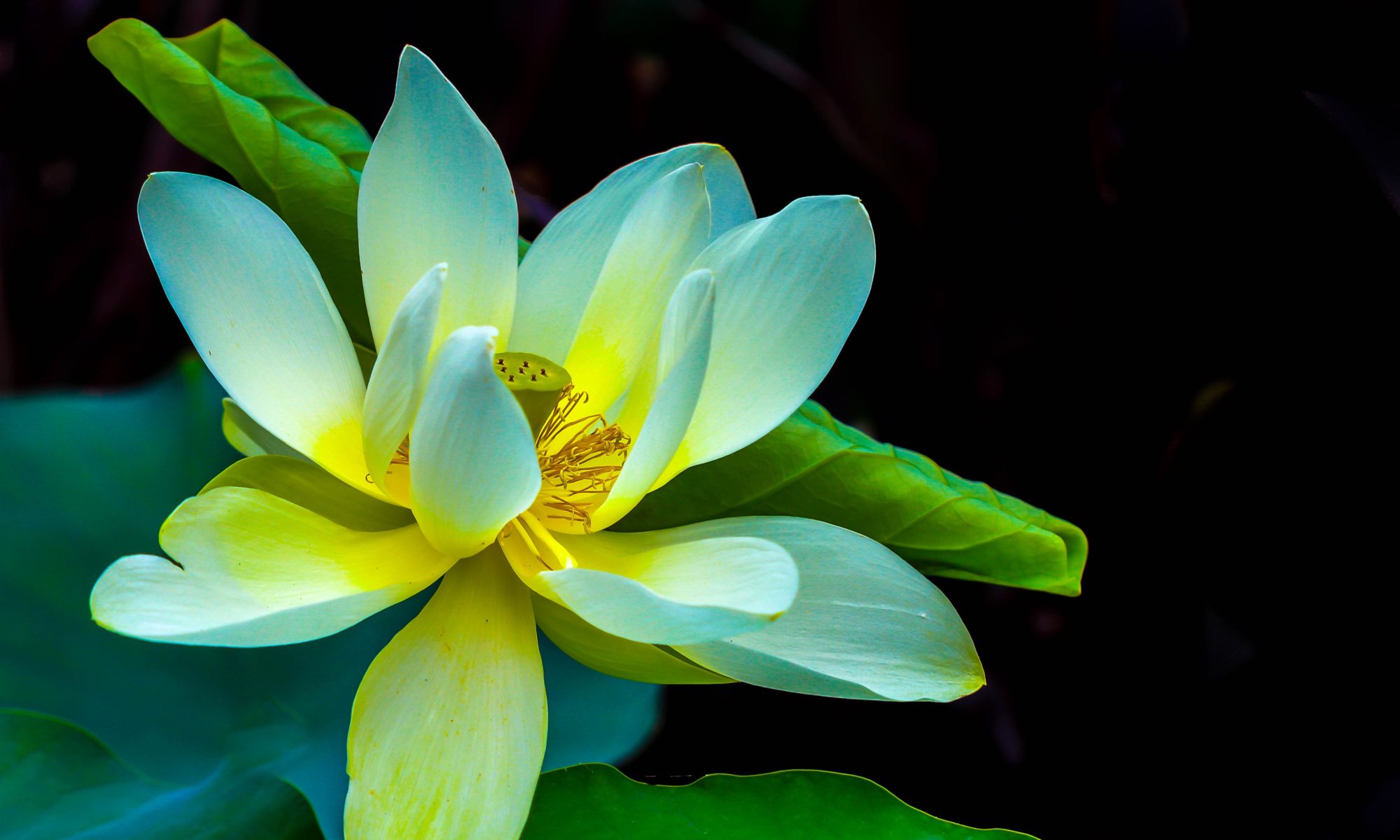Dear Kalyanamittas,
Below are the audio links to our recent Sunday’s WPCS Sunday class dharma recording for sharing by all. Please do listen to rather beautiful sharing given. Also attached are the short notes for this sharing.
Re: Short notes for our 25th Feb 2018 WPCS Sunday class
- During meditation just relax body and mind and maintain silence and let the thoughts arise because the untrained mind is heedless and it thinks a lot. Do not worry about them as they will dissipate away if you don’t feed them with anymore thought energy. This does not mean we should ignore or be indifferent towards the thoughts that arise. We must understand that we are heedless because we have not trained this mundane mind which lacks the 5 spiritual faculties and having wrong views. Understand this and just let things be via not trying to fight or suppress or control the thoughts.
- Wrong views (especially self-delusion) stir one’s mind to create dualities, i.e. good and bad, right and wrong etc. Self-delusion give rise to the ego to arise the possessiveness where one will then grasp and cling onto the phenomena world of consciousness believing that they are real. As a result when things do not go our way, we become unhappy. We then start to project our thoughts leading to all the fear, worry, anxiety, sorrow and lamentation etc.
- To train the mind to be heedful to arise the silent mind, we can first begin with the mind sweeping method and metta to de-condition the heedless thinking to arise the silent mind. Then stabilise it via Anapanasati leading to mindfulness and heedfulness. When we are just mindful of the in and out breath without thought we have Sati (i.e. awareness and the breath move as one, with no thoughts). Alternatively we must train the mind to cultivate the 5 spiritual faculties to overcome the 5 mental hindrances.
- Just relax and silent (to maintain awareness). When we are just aware without thought, we will become calm leading to piti and sukha. Then continue to relax and maintain awareness until passadhi or tranquillity of mind arise. This is the silent mind, the meditative mind in sati that can awaken to realise the wisdom via the direct seeing.
- Common mistakes of cultivators are:
- They try to suppress and control thoughts via method and techniques to focus and fix the mind so that thoughts cannot move or wonders off. But this is not a free mind, it is a conditioned focus mind in one-pointedness or samatha concentration leading to jhanas and energy fields. Instead of cultivating Anapanasati (which is mindfulness of the in and out breath) they focus on the breath to develop the samatha concentration to stop or suppress the thinking;
- Another common mistake is verbalization via the noting method leading to thought-based meditation where the cultivator are also required to slow down all their actions and movements like walking, sitting, standing, turning, bending, etc. and are told that this is Vipassana or insight meditation. However, Vipassana is not a method or a technique but it is an understanding or an awakening that arise via insight into the 3 Universal True of impermanence, non-self and suffering via the direct seeing with the silent mind. Just be AWARE of all actions, movements and vibrations within the body and mind without verbalization.
- Don’t stir the mind means not having likes and dislikes. Don’t arise dualities. The mind will then be still by itself. Likes and dislikes, are the first 2 mental hindrances of sensual desire and ill-will.
- The highest meditation is to be aware of all moments and actions in the present moment which is the daily mindfulness cultivation or Mindfulness and clear comprehension cultivation in daily life.
- Questions asked: a) Is verbalisation the same as suppressing and controlling thoughts? b) Do we ignore thoughts that arise in meditation and in daily mindfulness? c) Do we meditate until there is no meditator? d) Is the silent mind a prerequisite to meditation? (Note: Draft Short notes prepared by Sister Mun Yuen)
With metta always,
Teoh
From: Sister Lee Siew Gaik
https://broteoh.com/wp-content/uploads/68-6th-Patriarch-25-Feb-2018.mp3
or at:
https://www.dropbox.com/s/53d62f08z0j6bhe/68%206th%20Patriarch%2025%20Feb%202018.MP3?dl=0
| 68 6th Patriarch 25 Feb 2018.MP3
www.dropbox.com Shared with Dropbox |
||

You must be logged in to post a comment.